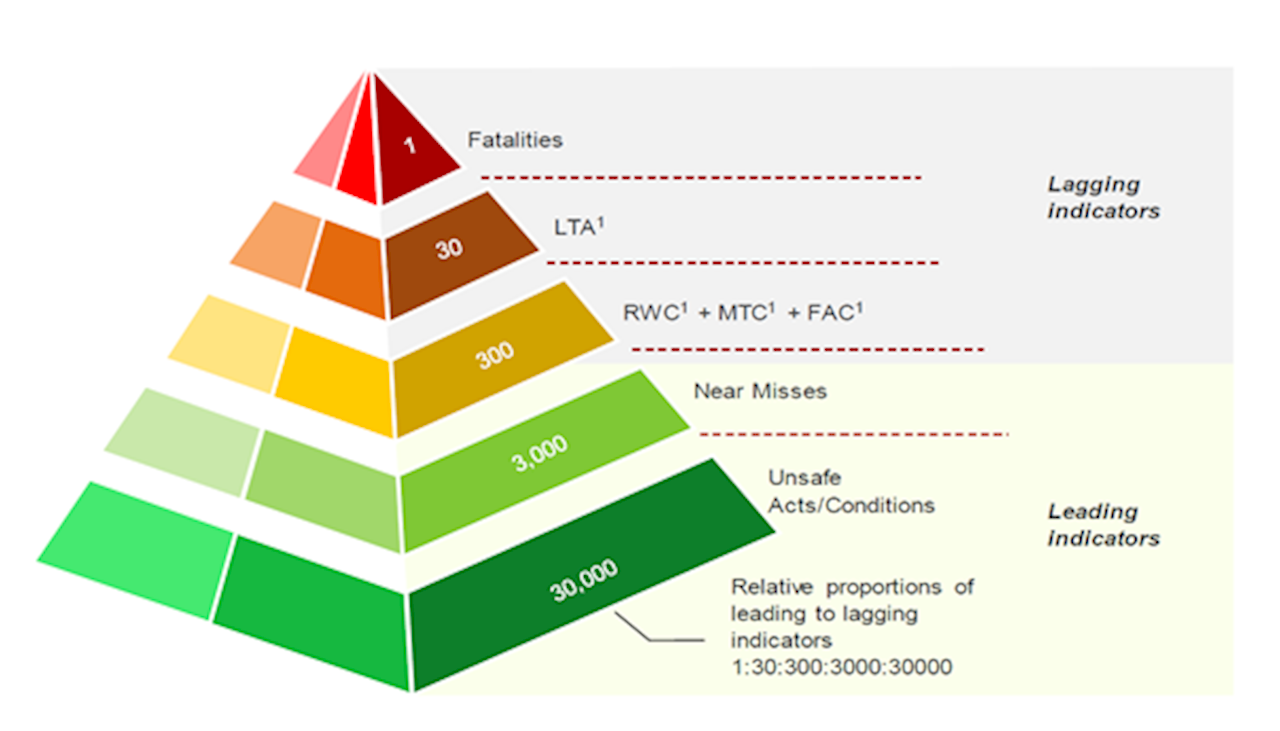Occupational Health and Safety (OHS) in the Food Industry - Olam Progıda's OHS Approach

What is the Occupational Safety and Health?
Occupational safety and health, also commonly referred to as occupational health and safety, occupational health, or occupational safety, is a multidisciplinary field concerned with the safety, health, and welfare of people at the occupation.
Occupational Work safety; is a series of measures to be taken to create a safe working environment to prevent employees from accidents/incidents.
Occupational Health; keeps employees' health at the highest level socially, psychologically, and physically, prevents the employees occupational diseases, and works to make working conditions and means of production suitable for health. It protects employees from all harmful effects of work environments. It is an integrated science-based on engineering and medical disciplines.
Occupational Health and Safety in the Food Industry
When we think about OHS in general, especially Construction, Mining, and Metal sectors are in the first place. However, considering the number of employees, machinery, and equipment, the food industry is an important sector in terms of occupational health and safety practices.
There are different risks and opportunities in terms of occupational safety in the food industry. Starting from raw material production; there may be many occupational health and safety risks such as electricity, production lines and machinery, equipment used, chemicals used, temporary/seasonal workers circulation, seasonal work, storage, and shipment ..etc. Food safety rules applied in the food industry also support occupational health and safety rules; the best example of this is the Covid-19 pandemic. Personal hygiene rules such as hand washing have already been applied in the food industry for years, and the training and competence of employees in this regard are at the top level.
Olam Progıda's OHS Approach
Olam is committed to providing a healthy and safe workplace for our employees, contractors, and visitors. Our vision of embedding a ‘zero harm culture’ is delivered through safety leadership and embodied in ‘Our Shared Values’.
For a sustainable occupational health and safety system, documents have been prepared by Global EHS, and compliance with these rules is strictly followed in all areas.
Olam has defined "6 IMPERATIVES" in OHS systems. Guidelines have been created for each imperative and full compliance is expected in all areas.
‘6 IMPERATIVES’ include that;
1- Lockout Tagout
2- Permit to Work
3- Reporting, recording, and review
4- Systems Audit
5- Workplace Inspections and Risk Assessments
6- Driving Safety Rules

In OLAM Progıda; Occupational Health and Safety performances are the first topics of all meetings. Targets are set at the beginning of each year and monitored monthly. There are two main headings determining our OHS KPIs; Leading Indicators and Lagging Indicators.
What is Accident Triangle?
Heinrich's accident pyramid theory is the basis of our OHS approach. 'Accident Triangle' shows a relationship of one serious injury or fatal accident, to 30 lost-time accidents, to 300 minor accidents.
Also, according to the Heinrich Theory, every near miss or work accident is an indicator of a worse future work accident.

Identifying leading indicators and taking actions for them before they turn into an accident is at the core of our OHS approach. Employees are trained on defining and reporting leading indicators.
We ensure health and safety and strengthen the safety culture with our Global Systems and ISO 14001: 2015 Occupational Health and Safety Management System; in addition to protecting employee health and safety, with the measures taken in working environments, fire, explosion, machine malfunctions etc. that may endanger the business. .
Stay Safe, Stay Healthy!
--
Buket Özboylan